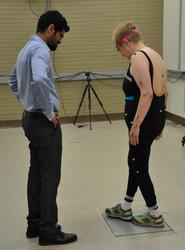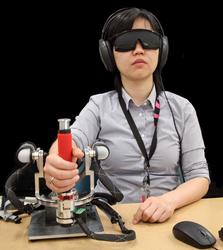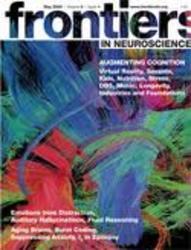Yoga as Therapy for Parkinson’s Disease?

Parkinson’s disease is a neurodegenerative disease affecting about 1.5 million Americans. Tremor, balance problems, and abnormal slowness of movement are typical symptoms of Parkinson’s disease. Can regular yoga practice help to improve motor symptoms of Parkinson’s disease?
Robot-Aided Proprioceptive Training for Parkinson’s disease

Our group has been involved in the research and development of a robotic exoskeleton to objectively assess and train proprioceptive and motor functions of the hand/wrist. This device is developed in collaboration with colleagues at the Heidelberg University and the Italian Institute of Technology. Over the years, the Human Sensorimotor Control Laboratory has received grant support of over $750,000 to conduct the research from the National Science Foundation, the National Institutes of Health, and the University of Minnesota.
Systematic Review on the Effectiveness of Proprioceptive Training

Proprioceptive training has been promoted as an approach to enhance athletic performance and as a tool for sensorimotor rehabilitation. It is the objective of this study to systematically review recent empirical evidence to gain an understanding of which outcome measures are most sensitive, which populations may benefit most from proprioceptive training, and what are the effects on proprioceptive and motor systems.
Robotic Rehabilitation of Wrist and Hand Function

Our group has been involved in the research and development of a robotic exoskeleton to objectively assess and train proprioceptive and motor functions of the hand/wrist. This device is developed in collaboration with colleagues at the Heidelberg University in Germany and the Italian Institute of Technology. The laboratory has received grant support from the National Science Foundation, the National Institutes of Health, and the University of Minnesota to support this research.